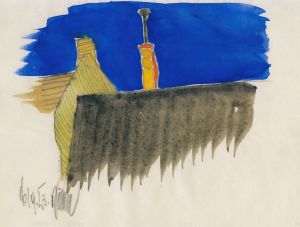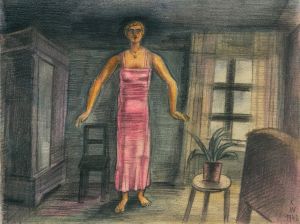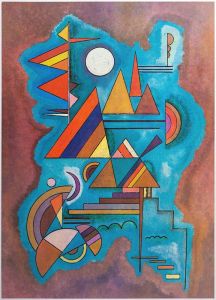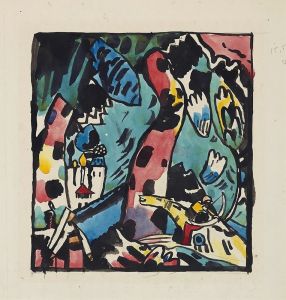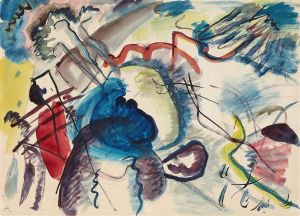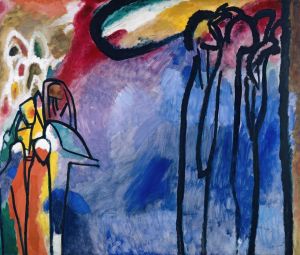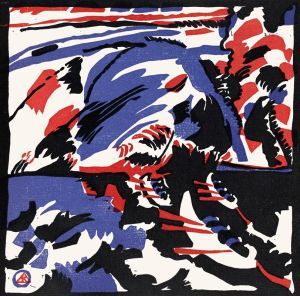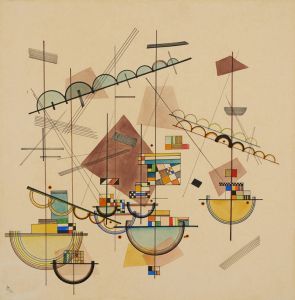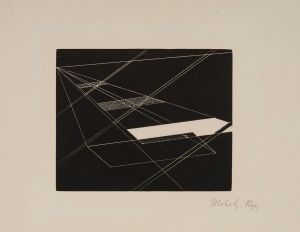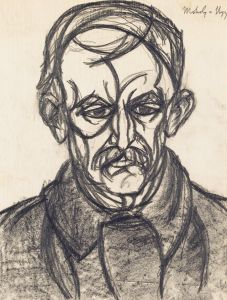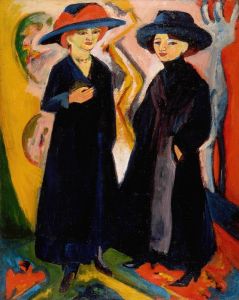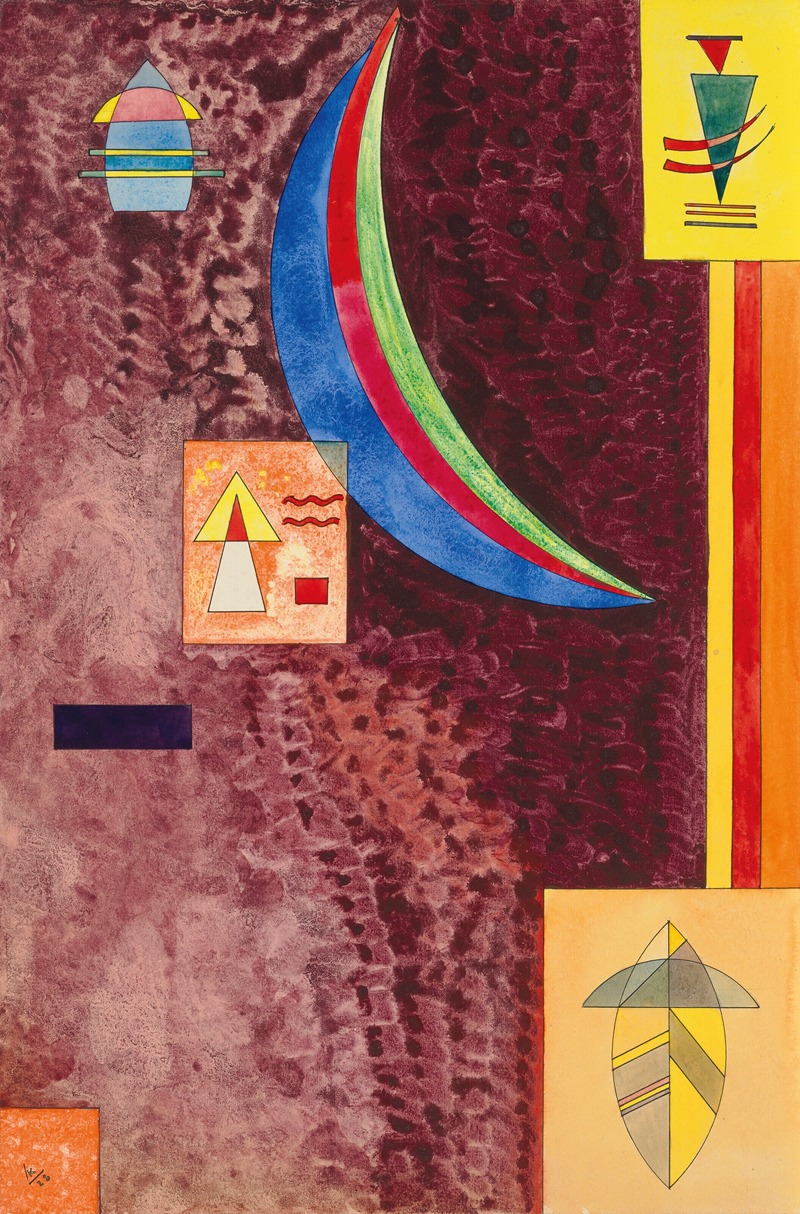
Scharf
A hand-painted replica of Wassily Kandinsky’s masterpiece Scharf, meticulously crafted by professional artists to capture the true essence of the original. Each piece is created with museum-quality canvas and rare mineral pigments, carefully painted by experienced artists with delicate brushstrokes and rich, layered colors to perfectly recreate the texture of the original artwork. Unlike machine-printed reproductions, this hand-painted version brings the painting to life, infused with the artist’s emotions and skill in every stroke. Whether for personal collection or home decoration, it instantly elevates the artistic atmosphere of any space.
Wassily Kandinsky, a pioneering figure in abstract art, created the painting "Scharf" in 1923. Kandinsky, born in Moscow in 1866, is often credited with painting one of the first purely abstract works. His contributions to the art world extend beyond his paintings, as he was also a theorist who wrote extensively about the philosophy and theory of art.
"Scharf," which translates to "Sharp" in English, is a work that exemplifies Kandinsky's mature style, characterized by geometric shapes, vibrant colors, and a sense of dynamic movement. This painting was created during his time at the Bauhaus, the influential German art school where he taught from 1922 to 1933. The Bauhaus period was crucial for Kandinsky, as it allowed him to explore and refine his ideas about the relationship between form and color.
In "Scharf," Kandinsky employs a composition that is both balanced and dynamic. The painting features an array of geometric shapes, including circles, triangles, and lines, arranged in a way that creates a sense of harmony and tension. The use of color is particularly striking, with bold primary colors juxtaposed against softer, more muted tones. This interplay of color and form is a hallmark of Kandinsky's work during this period.
Kandinsky's theoretical writings provide insight into his approach to painting. He believed that art should transcend the material world and express the inner life of the artist. His book "Point and Line to Plane," published in 1926, outlines his ideas about the spiritual and emotional power of abstract forms. In this text, Kandinsky discusses how different shapes and colors can evoke specific feelings and states of mind. "Scharf" can be seen as a visual representation of these theories, with its precise yet expressive use of geometric forms and color.
The painting also reflects Kandinsky's interest in synesthesia, the phenomenon where stimulation of one sensory pathway leads to automatic, involuntary experiences in a second sensory pathway. Kandinsky often spoke about his ability to hear colors and see sounds, and this synesthetic experience influenced his artistic practice. In "Scharf," the sharpness of the forms and the vibrancy of the colors might be seen as an attempt to create a visual equivalent of a musical composition, with each element contributing to an overall sense of rhythm and harmony.
"Scharf" is part of a larger body of work that Kandinsky produced during his time at the Bauhaus, a period that is considered one of the most productive and innovative phases of his career. His work from this time continues to be celebrated for its pioneering approach to abstraction and its profound influence on the development of modern art.
Today, Kandinsky's paintings, including "Scharf," are held in major museum collections around the world, where they continue to inspire and challenge viewers with their bold use of color, form, and composition. His legacy as a founder of abstract art and a key figure in the Bauhaus movement remains firmly established in the history of art.





